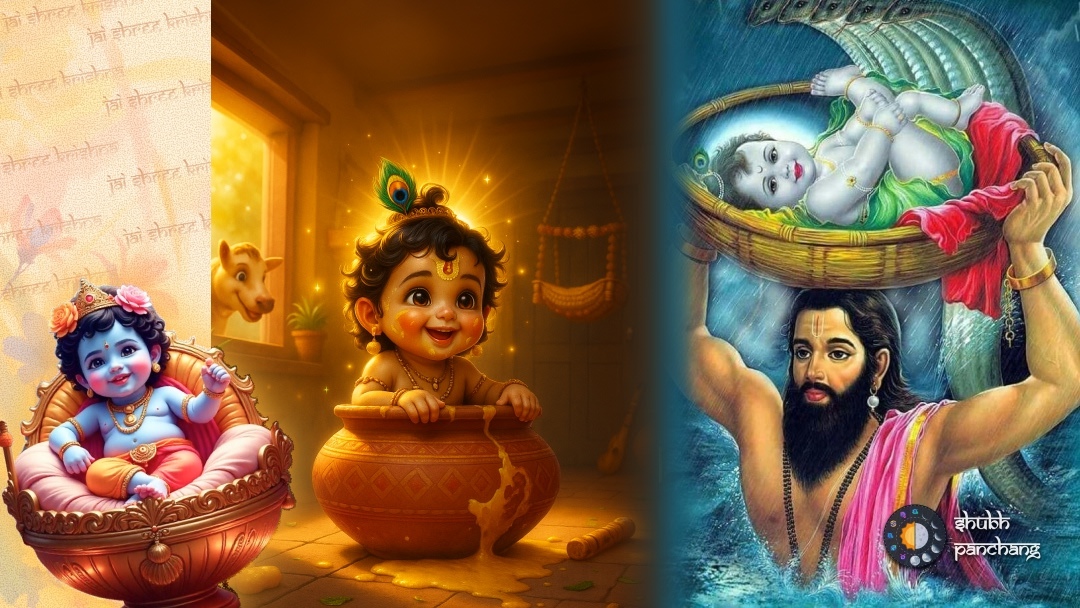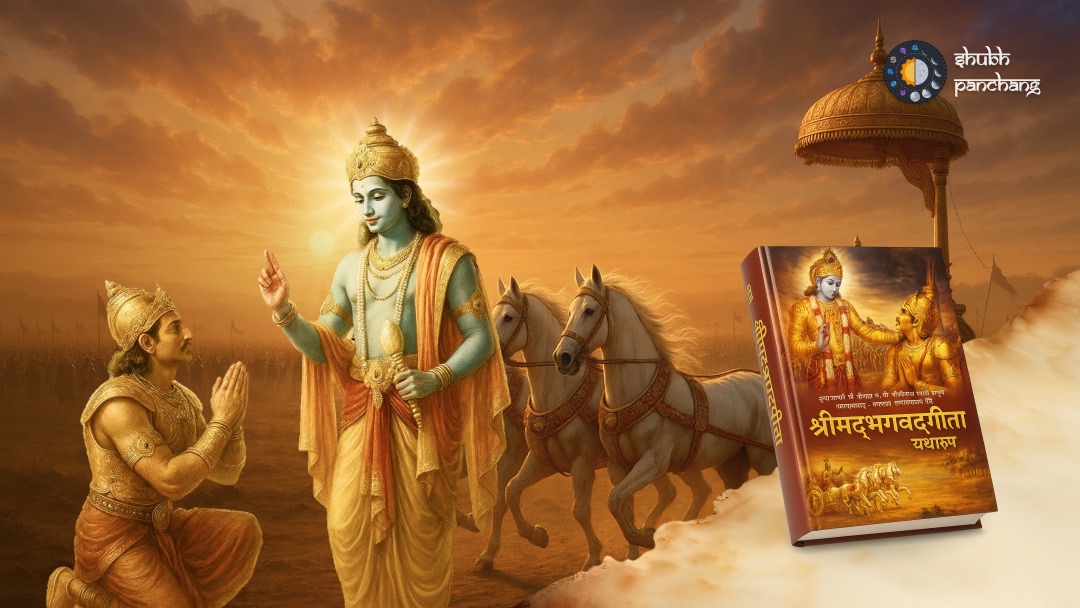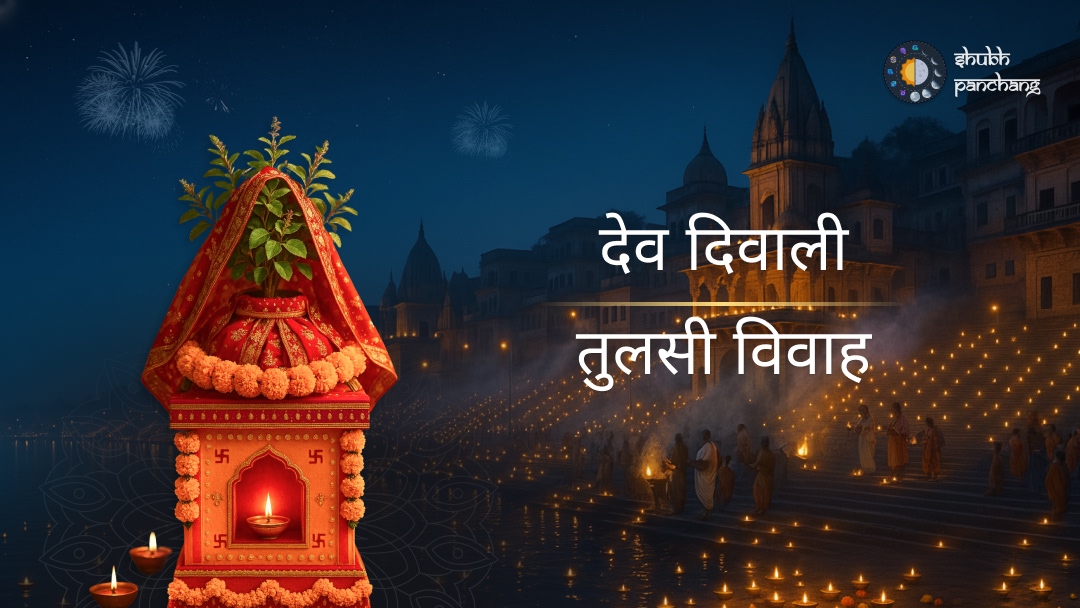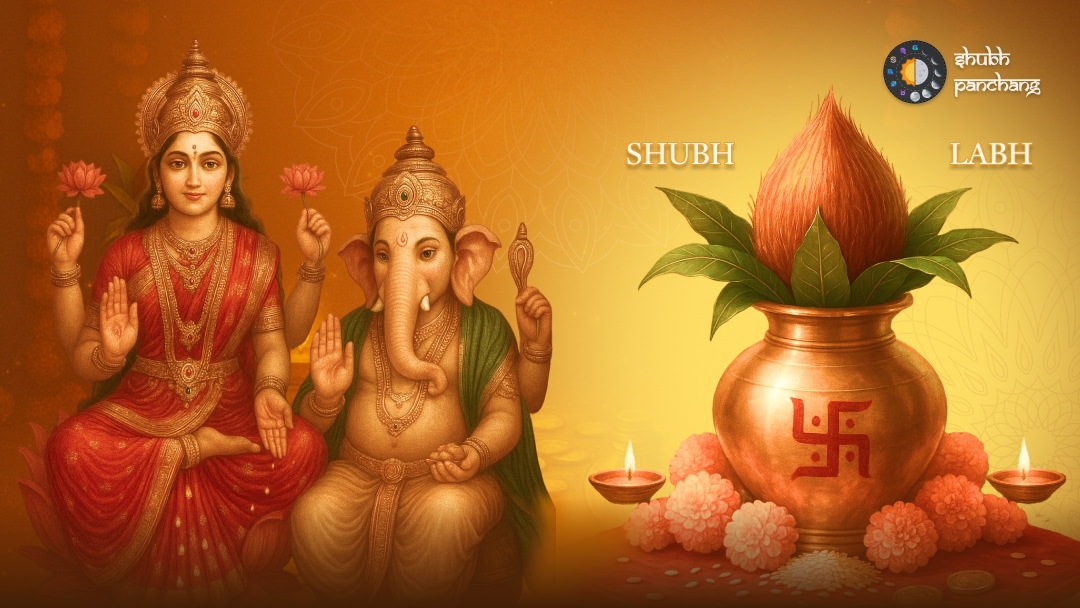
Unveiling Krishna Janmashtami: A Cosmic Birthday Party
Have you ever felt the air crackle with anticipation, a collective breath held before a joyous explosion? That's Janmashtami. I've been observing this festival for years, and each time, the sheer devotion and exuberance never fail to move me. Forget everything you think you know about just another religious holiday. This is a celebration of life, love, and the mischievous charm of Lord Krishna. But what if I told you there's more to it than just sweets and songs? What if Janmashtami is a key to understanding deeper spiritual truths? Let's dive in, shall we?
The Auspicious Timing: When the Stars Align
Krishna Janmashtami, also known as Gokulashtami, marks the birth of Lord Krishna. Now, the timing is pivotal. It falls on the Ashtami Tithi, the eighth day of the dark fortnight (Krishna Paksha) in the month of Bhadrapada, according to the Hindu lunar calendar. This usually corresponds to August or September in the Gregorian calendar. Think of it as a cosmic alignment, a specific moment chosen for a divine arrival.
Why is this timing significant? Well, in Vedic astrology, the position of the moon and stars at the time of birth is believed to influence a person's life. And Krishna's birth, at this particular Tithi, carries profound spiritual implications, symbolizing the victory of good over evil, light over darkness. It's not just a date on the calendar; it's a doorway to understanding the deeper cosmic play.
The Divine Birth Story: A Tale of Courage and Miracles
Ah, the story! It's more than just a tale; it's a tapestry woven with divine intervention, political intrigue, and unwavering devotion. Lord Krishna was born in Mathura, to Devaki and Vasudeva, in a prison cell. Kansa, the tyrannical ruler and Devaki's brother, had been warned by a prophecy that Devaki's eighth son would bring about his end. Cruel, right? Kansa imprisoned Devaki and Vasudeva, killing each of their children as they were born. But when Krishna was born, a miracle occurred. Vasudeva, guided by divine intervention, managed to carry the infant Krishna across the Yamuna River to Gokul, where he exchanged him with the daughter of Yashoda and Nanda. This daring act, fraught with danger and fueled by faith, is the cornerstone of the Janmashtami narrative. What I’ve always found fascinating is the courage of Vasudeva amidst such despair. It's a reminder that even in the darkest of times, hope can prevail.
Celebrating Krishna's Arrival: Traditions Across India
Janmashtami celebrations are a kaleidoscope of devotion, joy, and vibrant traditions. Across India, you'll find temples adorned with flowers, homes decorated with colorful rangolis, and the air filled with the chanting of bhajans and kirtans. One of the most common practices is fasting. Devotees abstain from food until midnight, the time of Krishna's birth. Then, a special puja is performed, and prasad (blessed food) is distributed. I've always loved the midnight puja. There's a unique energy, a sense of collective devotion that's palpable.
Key elements of Janmashtami Celebrations
- Midnight Puja: Special prayers and rituals performed at midnight.
- Bhajans and Kirtans: Devotional songs sung in praise of Lord Krishna.
- Jhankis: Tableaux depicting scenes from Krishna's life.
- Fasting: Abstaining from food until midnight, followed by a feast.
- Krishna Leela: Theatrical performances depicting Krishna's life.
What’s fascinating is that even with diverse regional variations, the core essence of devotion remains constant.
Dahi Handi: A Playful Celebration of Krishna's Mischief
And then, there's Dahi Handi! The day after Janmashtami, the energy shifts from solemn devotion to playful exuberance. Dahi Handi, especially popular in Maharashtra, is a reenactment of Krishna's childhood fondness for butter and yogurt. A clay pot filled with yogurt (dahi) is hung high above the ground, and teams of young men form human pyramids to try and reach it and break it. It’s a spectacle of coordination, teamwork, and sheer determination. Initially, I thought it was just a fun game. But over time, I realized it’s a powerful metaphor for overcoming obstacles through collective effort. The human pyramid represents the interconnectedness of society, the need for cooperation to achieve a common goal. And let's be honest, it's just plain fun to watch!
The Origin of Dahi Handi: A Glimpse into Krishna's Childhood
The tradition of human pyramids dates back centuries, rooted in the stories of Krishna stealing butter and yogurt from his neighbors. These 'makhan chor' (butter thief) stories are not just anecdotes; they symbolize Krishna's playful nature and his love for his devotees. The Dahi Handi celebration is a way to honor this aspect of Krishna's personality, to embrace the joy and spontaneity of life. When I look at those young men forming pyramids, I see more than just a game. I see a reflection of the spirit of Krishna, the spirit of playfulness, courage, and unwavering belief.
Embrace the Spirit of Krishna: A Call to Celebrate Life
Krishna Janmashtami is more than just a festival; it's an invitation to connect with the divine, to embrace the joy of life, and to find strength in devotion. Whether you're participating in midnight pujas, singing bhajans, or cheering on the Dahi Handi teams, remember that you're part of something bigger than yourself. You're part of a tradition that has been passed down through generations, a tradition that celebrates the triumph of good over evil, the power of love, and the mischievous charm of Lord Krishna. So, this Janmashtami, let the celebrations fill your heart with joy and inspire you to live a life of devotion, courage, and compassion. Go forth and embrace the spirit of Krishna! And tell me, how will you celebrate this year?







